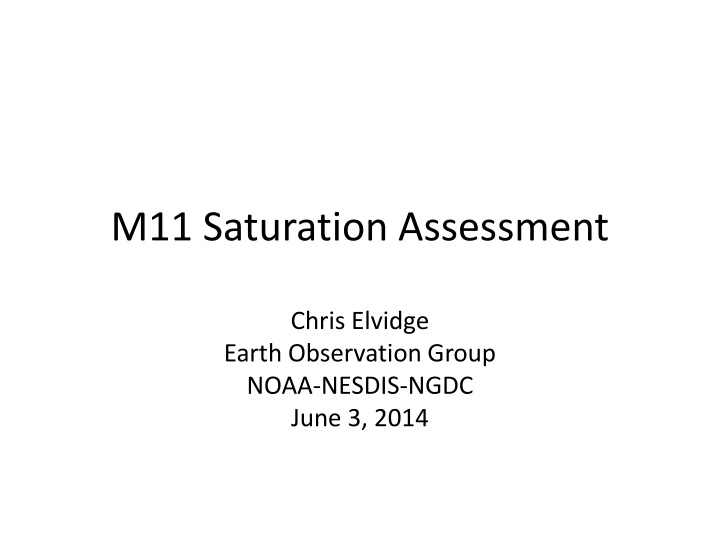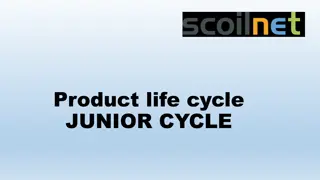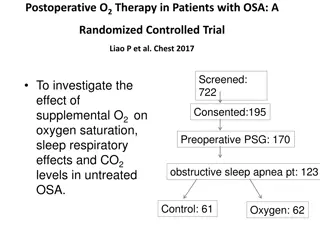
VIIRS Nightfire Product Enhancement: M11 Saturation Assessments
Enhance the VIIRS Nightfire product with M11 saturation assessments to improve detection accuracy of combustion sources at night. Learn about the need for M11 data, detection limits, and insights into overcoming saturation challenges for better fire monitoring capabilities.
Download Presentation

Please find below an Image/Link to download the presentation.
The content on the website is provided AS IS for your information and personal use only. It may not be sold, licensed, or shared on other websites without obtaining consent from the author. If you encounter any issues during the download, it is possible that the publisher has removed the file from their server.
You are allowed to download the files provided on this website for personal or commercial use, subject to the condition that they are used lawfully. All files are the property of their respective owners.
The content on the website is provided AS IS for your information and personal use only. It may not be sold, licensed, or shared on other websites without obtaining consent from the author.
E N D
Presentation Transcript
M11 Saturation Assessment Chris Elvidge Earth Observation Group NOAA-NESDIS-NGDC June 3, 2014
CCR Request for M11 collection at night The VIIRS Nightfire (VNF) product relies on the detects and analyzes temperature, source size and heat release of combustion sources at night, with heavy reliance on M10 data collected at night. Adding M11 would resolve many ambiguous detections with weak signal and would aid in noise screening. To constrain data volume, M7 collection at night would be discontinued. The CCR has approval for further study.
How did VIIRS come to collect daytime data at night? --------Original Message -------- Subject: Re: [NOTIFY] Does anyone use M7 nighttime data? Date: Mon, 10 Feb 2014 16:57:41 -0700 From: Shawn W Miller <Shawn_W_Miller@raytheon.com> To: Chris Elvidge <chris.elvidge@noaa.gov> Hi Chris, Way back in 2001-2002, I was the one who led the push to have the instrument folks turn these bands on at night, precisely to help with Active Fires (since we were unsuccessful in getting the saturation temperature raised as high as we wanted it in the thermal IR). During that analysis I determined that M11 would saturate for most fires that consumed more than 1% of the area of a pixel - that's the main reason the program doesn't currently have it turned on at night. That's not to say my analysis didn't have errors, or that it still wouldn't provide the value you're looking for, but just a heads-up that you might want to look at the dynamic range of that band if you haven't already. Shawn _________________________________________ Shawn W. Miller, Ph.D. Chief Architect, JPSS CGS Engineering Fellow, Raytheon IIS shawn_w_miller@raytheon.com Office: 720-858-5603 Cell: 303-386-2048
Determination of M11 Detection Limit and Saturation Radiance Detection limit set at the background noise average plus four standard deviations in nighttime M11 data collected in polar region. 0.0016 W/m2.sr.um. Saturation radiance found in daytime data collected of extreme events. 38.16 W/m2.sr.um.
M11 Saturation on May 20, 2014 Alaska Fire
M11 Saturation Summary M11 will saturate on small numbers of extreme events. Full saturation will be obvious. Inclusion of subpixel saturation in VNF Planck curve fitting would introduce errors in temperature, source size and heat release retrievals. Subpixel saturation also happens for M12. VNF detects M12 saturation based on the M13/M12 ratio. A similar approach would be implemented for detecting subpixel saturation in M11.

















